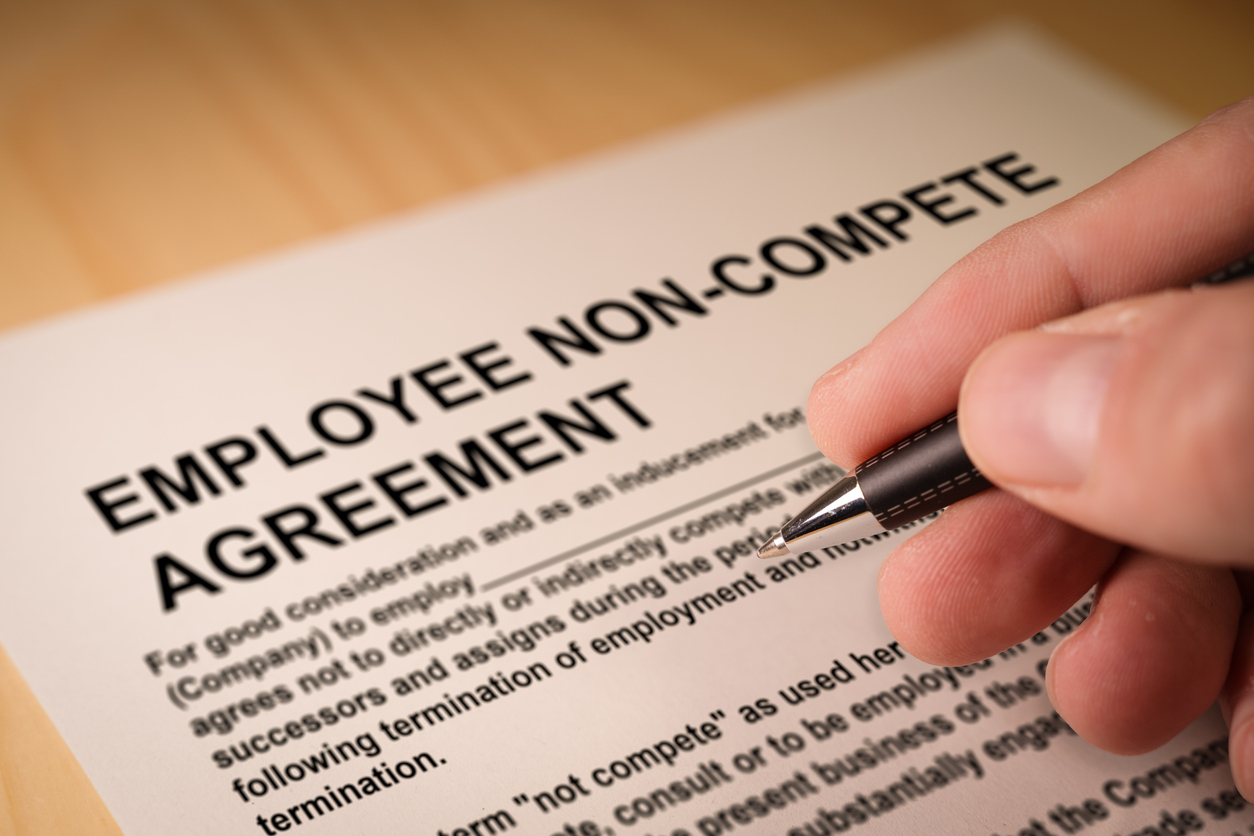The inaugural First Party Claims Conference in Providence, Rhode Island, has been a success. Over 200 hundred registrants discussing various aspects of first party property insurance claims have made for a very educational adjusting and legal seminar. Since I have been involved in so many disputes involving damage to roofs following hurricanes and tornados, I thought it would be a good learning experience for me to teach a course on the topic, along with an engineer.
I often feel as if one gets a lot more from teaching a subject than simply being taught by another because you have to research, prepare, write about, present and answer questions on the issues. Teaching aspects of insurance coverage makes me a much better insurance attorney.
Roof damage disputes have been significant areas of contention lately because many of the insurance company expert vendors have been providing opinions, seemingly minimizing the impact that wind has on roofs. Accordingly, I need to know this area to do my job. I felt that others in the field needed more knowledge on the topic as well.
Our law firm has a competitive edge over many other policyholder firms because we have invested in a full time “Knowledge Manager.” Ruck DeMinico is an attorney with a library science background. He can help us find rather obscure, but significant, information regarding our cases that can literally mean the difference between winning and losing. Often, the amounts of recovery for our clients are enhanced because information is power and provides our attorneys with better arguments than the insurance counsel we oppose.
Regarding my presentation on the effects of wind on roofs, I asked Ruck to make a bibliography on the topic so others could have a list of scientific references for use in their cases. Some of the more important papers include:
- Baskaran, A., Murty, B. and Wu, J. “Calculating roof membrane deformation under simulated moderate wind uplift pressures”
- Xu, Y. L. “Fatigue damage estimation of metal roof cladding subject to wind loading”
- Lee, K., Rosowsky, D. V. “Fragility assessment for roof sheathing failure in high wind regions”
- Ali, H. M., Senseny, P. E. “Models for standing seam roofs”
- Baskaran, B. A., Koa, S., & Molleti, S. “A novel approach to estimate the wind uplift resistance of roofing systems”
- Cochran, L. “Wind engineering as related to tropical cyclones”
For readers of my Blog, simply click for a download of the bibliography.
I cannot emphasize enough how important it is to understand the physics of wind loads and flow if you are going to be able to fully find and explain the extent of damage caused by wind. Many of these scientific papers develop concepts of how subtle fatigue damage during a high wind event can lessen a structure’s life expectancy because the fastening and structural systems were altered as a result of having been pushed and pulled by the wind. I have been amazed at the numerous engineering committee comments regarding building integrity issues.
Tim Marshall has been my partner in this presentation. He is the other Tim Marshall, and not the infamous one from HAAG Engineering that is the insurance industry’s darling forensic engineer. I suggest that policyholders may want to hire Tim so that they can freak out the insurance industry by claiming that they have a report from Tim Marshall that found significant roof damage.
To be fair to HAAG and its Tim Marshall, they sponsor an in-depth roofing class that provides significant information regarding roof damage claims. While I have heard grumblings that the class is more concerned about how to not find roof damage and thereby lower claims payments, virtually everybody I have talked with urges others to go and learn from HAAG’s experiences on this topic and from what that Tim Marshall has to teach.
I am sorry that everybody could not attend the seminar here in Providence. I promised that the PowerPoint presentation would be placed up for review by all, and it will be available here following the Conference. I will make this topic part of firm’s regular seminar presentations to public adjusters in the future because it is important to understand these issues.



